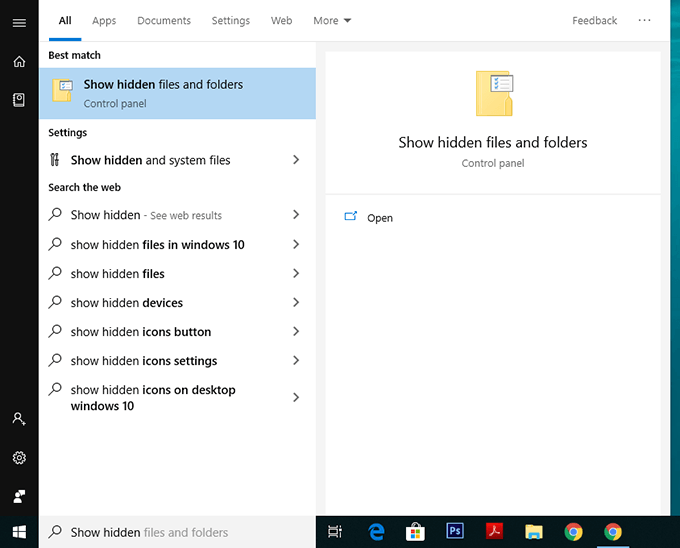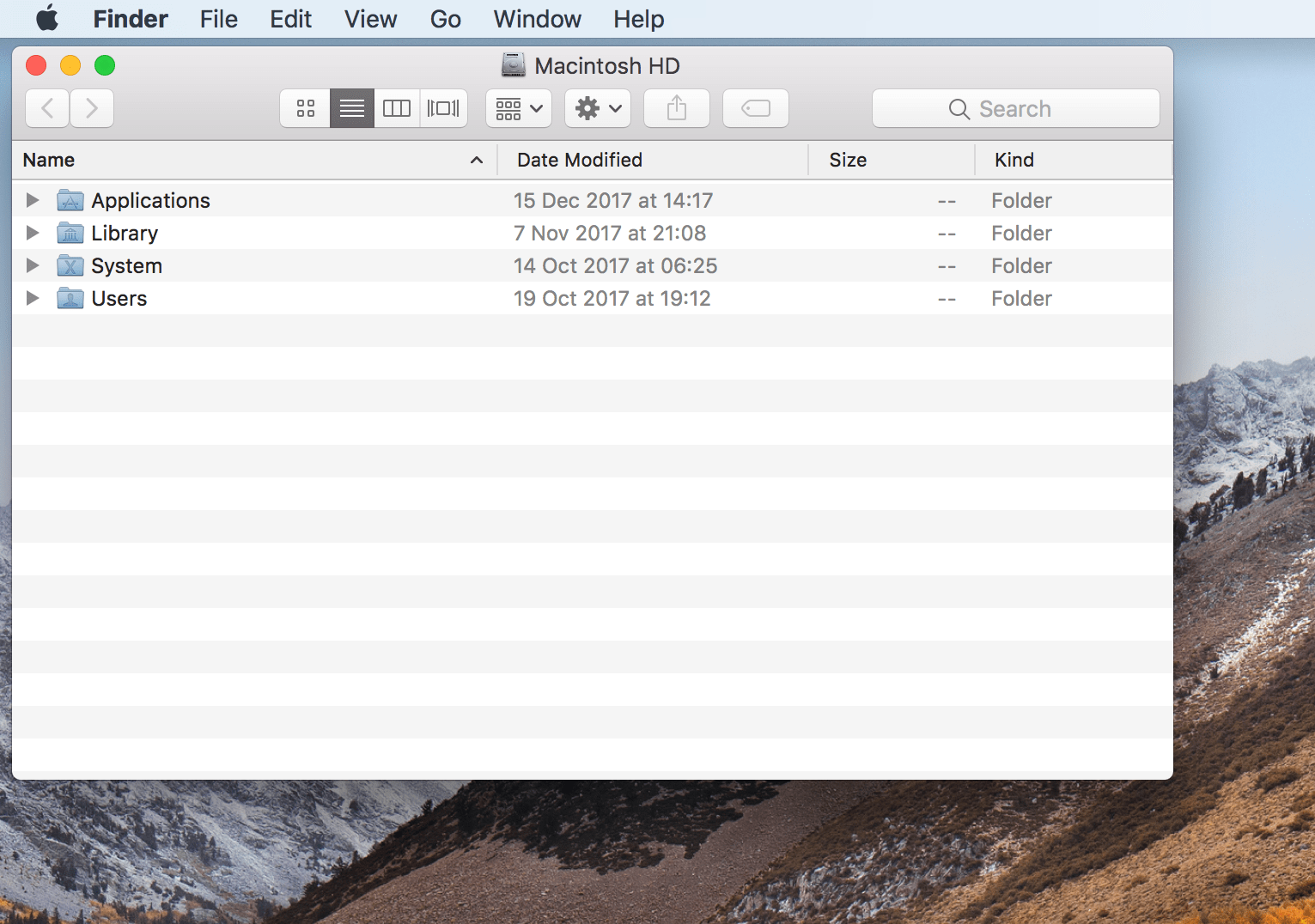
It is common for users to do this in order to tinker with or delete something. To prevent accidental damage to Apple’s operating system, files are hidden. If you damage, modify, or relocate a hidden file, your Mac will likely suffer. This combination is made up of the periods (periods). In this case, the files should be obscured again by pressing the same “Command” (Shift) and “Shift” buttons. When a folder has hidden files, it becomes translucent. Both keys must be pressed simultaneously. Show Hidden Files Mac Finderįor your command, press the “Shift” key, followed by the “Command.” key.
SHOW HIDDEN FILES FINDER 10.9 TRIAL
Setapp offers a free trial of DCommander, Forklift, HoudahSpot, One Switch, and CleanMyMac X, among other applications. There is also the CommandShift¨ command that can be used to hide hidden files. Make sure the Terminal command is set up to ensure that the hidden files are always visible. It is also a good idea to review the number of times hidden files have been greyed out in order to determine how much space they actually occupy.

In order to view files hidden in Mac folders, you can use a quick keyboard shortcut. There are a number of apps available that can assist in the easy access of hidden files. You can make hidden files or folders visible (or invisible) by clicking or using shortcuts in these apps. If you don’t mind Terminal or digging around in your /Library folder, apps like DCommander and Forklift are excellent choices. When a Mac crashed, some users discovered documents that they thought were lost forever.ĭespite how Terminal and Finder work, they can both access hidden files on your Mac. You can combine search criteria and find files more quickly (even if you don’t know their names) with the help of the tool in HoudahSpot. You will be able to see hidden files on your Mac regardless of which operating system you use: Terminal or Finder. You don’t have to be concerned about the contents of the Library folder. If you are unsure what each file does, do not edit it.

These files are most commonly found in the */ Library folder, but you can access them by searching for them. The average Mac user has a treasure chest of system files that he or she does not know exists. While you can still use the Terminal to show hidden files, there is now a native way to do it right from the Finder itself. With OS X Yosemite, however, things have changed.
SHOW HIDDEN FILES FINDER 10.9 DOWNLOAD
You could either use the Terminal to change a system setting, or you could download a free app that did it for you.

Prior to OS X Yosemite, showing hidden files in the Finder was a relatively simple process.


 0 kommentar(er)
0 kommentar(er)
